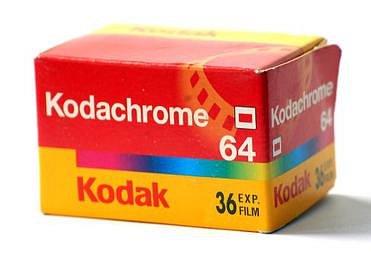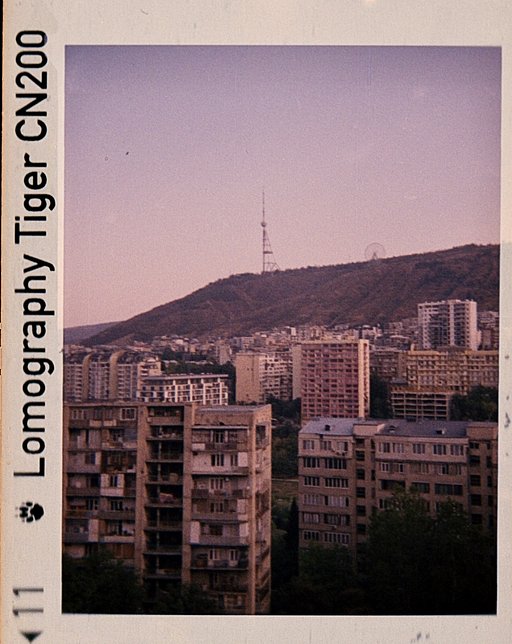Lomopedia: Widelux F7
1 11 Share TweetIf you're into panoramic photography then you might want to check out the Widelux F7 camera. This all-mechanical panoramic shooter boasts 140° photo coverage, a simple user experience, and great build quality. This is certainly one of those cameras that you can admire as a collection piece or as a dependable special shooter.

The F7 is actually the second to the last camera in the Widelux line. It was introduced in 1978 and was discontinued just ten years later and succeeded by the F8 — the last Widelux camera released by Pano Camera Shoko of Japan before they stopped manufacturing cameras.
From looks alone, you can easily say that the F7 is a well-built camera. The design is reminiscent of boxy cameras of its time while the accents like the textured body, white paint, and chrome nameplate give it a vintage vibe. Even the dials and knobs go well with the F7's old school look. It's a mix of rugged and classy — an unusual mix but it definitely works for the F7.
When it comes to performance, the F7 is simple and intuitive. It's pretty straightforward, given that the user only needed to adjust the shutter speed and aperture whenever they need to set up a shot. The sweeping action of the lens may take a little getting used to since it covers a really wide are (it's advisable to keep all fingers behind and to the side of the camera when shooting the F7.) Later models of the F7 had a bubble level finder to prevent warping images. Some users found out that it was easier to rely on the level finder for better image captures.

While the F7 seems like a pretty solid camera, it still has its downsides. First, it's a heavy camera — the sweeping lens mechanism alone weighs the camera down due to the sheer number of components. It's also advisable to advance the film first when changing the shutter speed to minimize the wear and tear of the gears and components. Banding or warping is also a notable problem in F7s so shooting on a level surface is highly recommended. Lastly, the F7 wasn't a cheap camera then and it still isn't now. Pano Camera Shoko put a premium on the Widelux line so expect to shell out around 900 USD for a used unit.
Beyond those little imperfections, the F7 is still a nice addition to any camera collection. It shoots true and takes really interesting panoramic photos on 35mm film. The sweeping lens can create clean images when it's properly taken care of. Actor Jeff Bridges and director Stanley Kubrick have been known to shoot with Widelux cameras. If it's good enough for them, then the F7 may just work for you.
Photos Taken by Our Community with the Widelux
Widelux F7 Technical Specifications:
Lens: 26mm f/2.8 focus free 140°
Image Size: 24 mm x 59 mm
Shutter: 1/15 - 1/250th sec
Focusing: fixed
Film Type: 35mm
Film Advance: Knob
Dimensions: 6 x 3 3/8 x 2 3/8th inches
Weight: 1 lb 14 oz
Information used in this article was sourced from Jonah Weiland, Broken Camera, Wikipedia, RRJ Photography, and Butkus Camera Manuals.
written by cheeo on 2018-05-28 #gear #lomopedia #35mm #panorama #widelux #lomopedia #widelux-f7
























One Comment